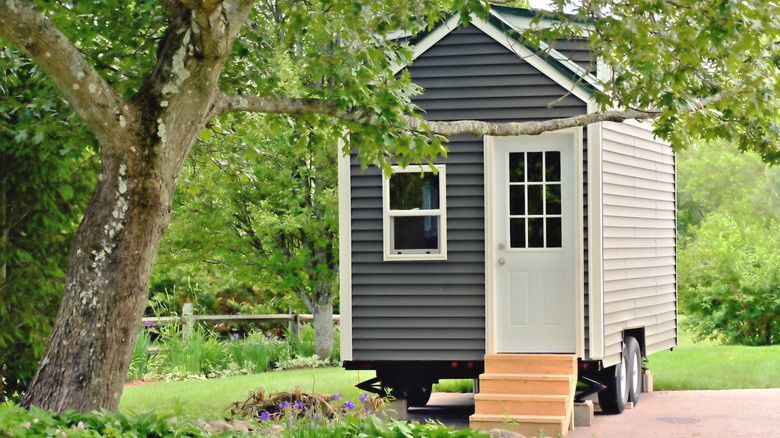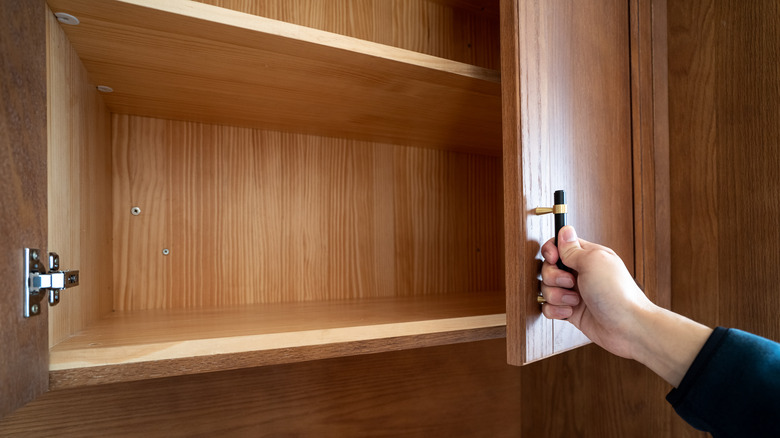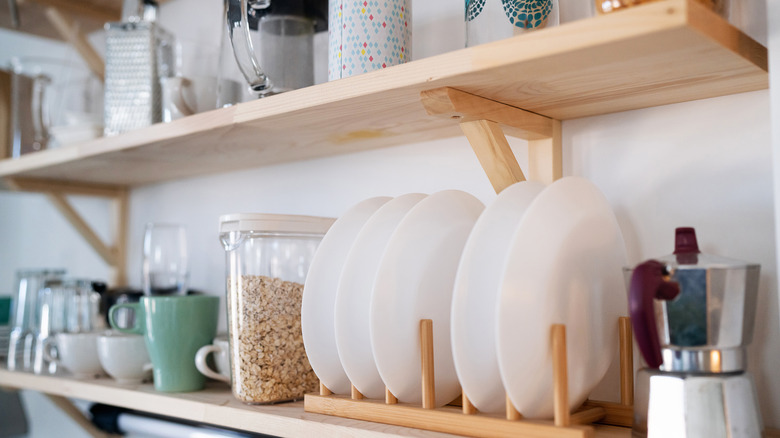Kitchen Cabinets For Tiny Homes: What To Buy & What To Avoid At All Costs
Building a tiny home can help reduce your costs when compared to buying or building a larger house. However, despite having fewer square feet, there are still many important decisions to make. One of the main things to consider is the kind of cabinets that you'll install in your kitchen. The right cabinets can make your kitchen come together perfectly and help make your life in a tiny home easier, while the wrong choices can make life more difficult.
There are many great examples of tiny home kitchens out there, so rest assured that you can do a lot with what you have. With a smaller house, however, it's critical to think carefully about your available space and the size of your cabinets. Typically, kitchen cabinets have a depth of 24 inches, but those with a depth of 21 inches or smaller would be more suitable for a small, tiny house kitchen. Choosing cabinets that are too large should be avoided at all costs.
To save space, consider all of your potential options. Pull-out, wall-mounted, and floating cabinets can all be useful for this purpose, as can making full use of corners and vertical storage space. Multi-use cabinets that also function as furniture are well worth considering. In addition to ensuring the cabinets will provide easy access in your small kitchen space, carefully choose the materials. Solid wood cabinets tend to provide the best durability and longevity, but other materials are worth considering if you're on a tighter budget.
Choosing the right cabinet material
Solid wood is one of the most popular materials for kitchen cabinets due to the fact that they are incredibly durable and will last for decades. They also have a beautiful natural appearance that can make your kitchen space feel both luxurious and cozy. There are many great natural wood options, including maple, hickory, walnut, and cherry, and you really can't go wrong with any of them.
Despite this, solid wood cabinets are on the expensive side and can significantly raise the cost of your tiny home build. You'll also need to be sure to seal these cabinets to protect them from water damage and staining, and you will have to be aware of moisture sensitivity. For more affordability, you may want to consider plywood and laminate. Choosing these materials will bring down the cost of your kitchen while also being incredibly functional and useful as well. However, they lack the level of durability that solid wood provides.
On the other hand, there is the option of using stainless steel. But while this material offers a great mix of durability and affordability, it's not always the best choice for a tiny home. Their appearance doesn't offer a lot of warmth, so they may not be suitable if you want your home to feel as comfortable as possible. Metal cabinets also tend to evoke the feeling of a commercial kitchen and won't offer the cozy, traditional feel that you may be aiming for in your tiny house.
Alternatives to traditional kitchen cabinets
If designed correctly, standard kitchen cabinets can work well in a tiny home kitchen. However, if space is very limited, it's worth considering other options. There are several great alternatives to standard kitchen cabinets if you're willing to get creative and think outside of the box a little bit.
You should seriously consider open shelving in your kitchen if you're looking for a great alternative to cabinets. Shelves can take up less space and allow for easy access in your tiny home's kitchen. The lack of doors makes it easy to grab any items that you've stored. On the other hand, be aware that this design choice has its drawbacks. Open shelving can start to look cluttered easily, and dust will accumulate on the shelves, so you'll need to stay on top of organization and cleaning.
There are also other storage solutions that you can integrate into a kitchen to make better use of your space. For more storage flexibility, consider using boxes, crates, bags, and pocket organizers as part of your design. Adding hooks or a pegboard to your kitchen walls can also be incredibly helpful when storing various items, such as kitchen utensils and cookware.


